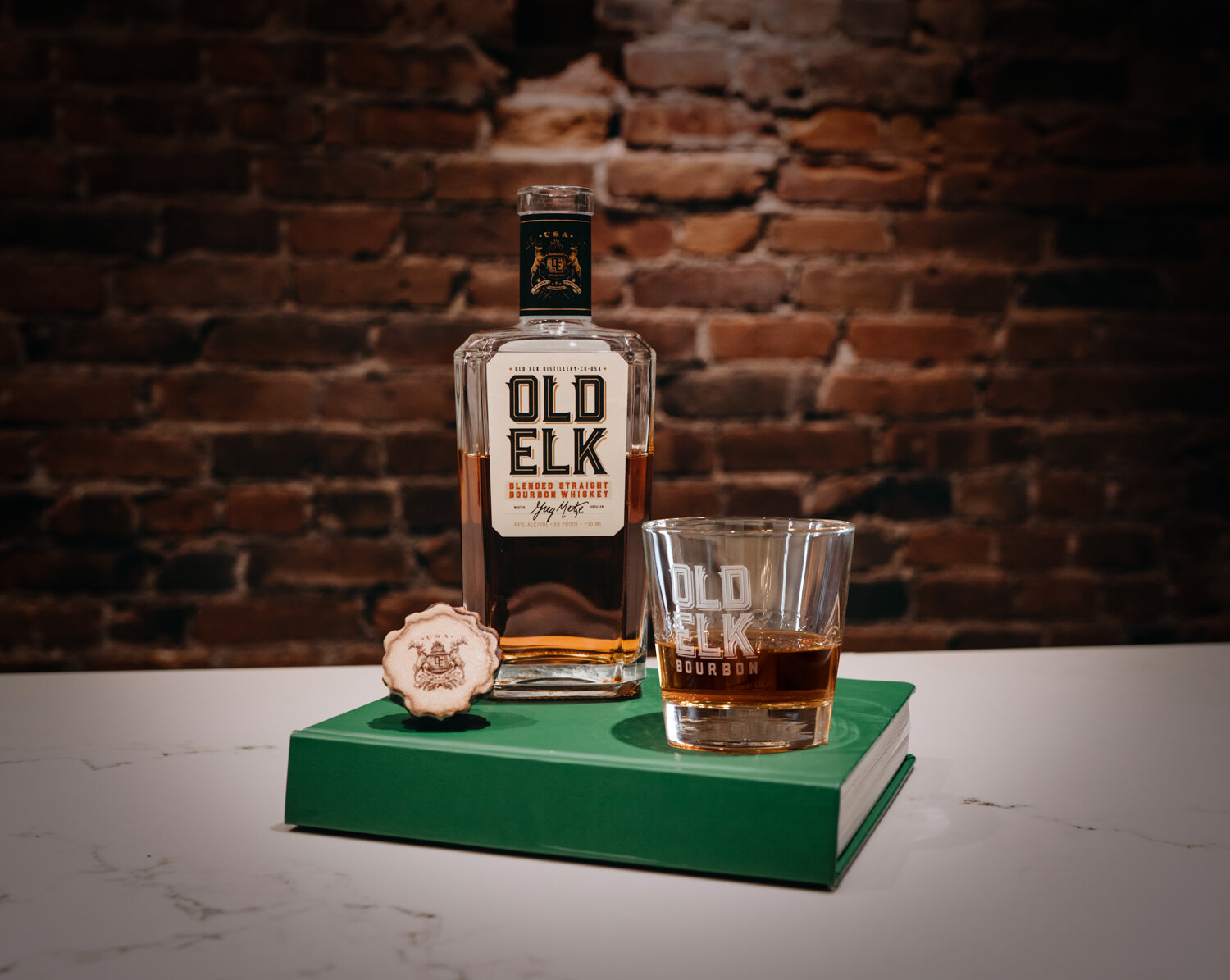Tony's Whisky Corner: Old Elk Bourbon
courtesy Old Elk
Greg Metze hones his whiskey-making craft in Fort Collins
You may not know Old Elk master distiller Greg Metze by name, but if you drink American whiskey, you’re familiar with his work. Metze worked for close to four decades at the MGP distillery (formerly known as LDI) in Lawrenceburg, Indiana, and was their master distiller for 15 years starting in 2002. MGP is the distillery behind the original bottlings from some of the most popular and acclaimed brands in America, including Bulleit, Angel’s Envy, High West, and Templeton, to name a few. If you see a rye whiskey with a 95% rye/5% malted barley mashbill, odds are it was distilled at MGP. Metze and MGP were so intertwined that when the distillery started bottling its own whiskeys in 2015, the first release was called Metze’s Select.
Bourbon made to order
Metze’s relationship with Old Elk and its founder, entrepreneur Curt Richardson, started in a manner typical of new brands—Richardson went to MGP looking to source some distillate. The difference was that he didn’t want to use any of their existing mashbills. Rather, he wanted Metze to come up with something unique and original, the only guideline being that it had to be “smooth and easy.” Surprisingly, Metze had never had such a request. “I’ve produced many, many products for many, many brands, but that was the first opportunity I had to actually craft a custom mashbill from the ground up, unrestricted,” he says.
The result was nothing like MGP’s typical offerings. “I knew from experience that to get the smooth and easy part, I had to get the malted barley content way up,” Metze explains. “I also knew that… I needed about 15% rye to get that spice characteristic. So I did a little reverse math and lowered the corn content all the way down to 51%, which is the minimum for bourbon. I factored in the 15% of rye, and that left me with 34% for malted barley” — this is about three to four times the amount used in most bourbons.
A brand is born
In 2016, between the distillation and the first bottling of the finished product, Metze left MGP to go with Old Elk full time, the booze equivalent of Taylor Swift signing with a tiny indie record label. Metze calls it “the easiest decision in the world.” It also meant he got to experiment with the bourbon before it was bottled, using what he calls a “slow-proofing process.” "Whenever you reduce from barrel proof to bottling proof [by adding water], it’s actually a heat-liberating reaction, so you’re causing a slight temperature rise,” he says. “When you do it over a one or two-day period, like everybody else does, you’re putting enough heat in there all at once to burn off some more delicate, high-volatility congeners. So we spread it out over two, two and a half weeks, putting incrementally smaller amounts of water in at a given time, which means we’re putting in incrementally smaller amounts of heat. So it actually helps to protect those congeners.”
The result
Bottled at 88 proof, Old Elk Bourbon has a creamy texture, with the barley dominating on the front of the tongue to the extent that it could almost be mistaken for an American single malt. But the sweet corn notes come to the fore midpalate, with the finish dominated by the rye spice. It’s very well balanced, if a touch light by the robust standards of today’s bourbons. It’s an excellent sipper with enough flavor for mixing, and distinct enough to stand out on a crowded bourbon shelf.
Metze says he has several other projects in the works for Old Elk—there’s already a terrific single barrel wheat whiskey available exclusively at their Fort Collins distillery. Based on the evidence, it’s safe to say that none of it will taste like his MGP whiskeys, and that’s an exciting prospect.

